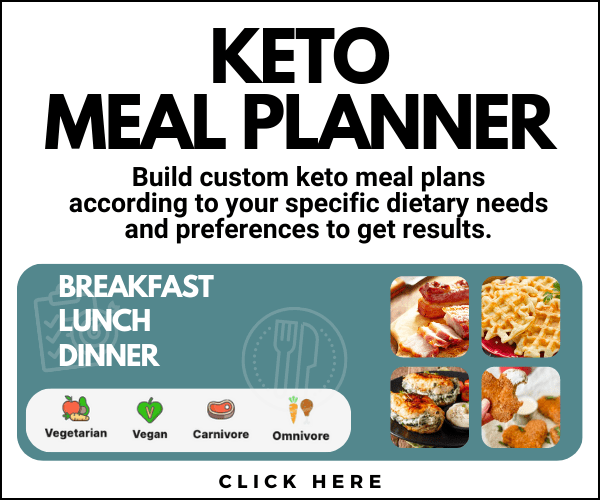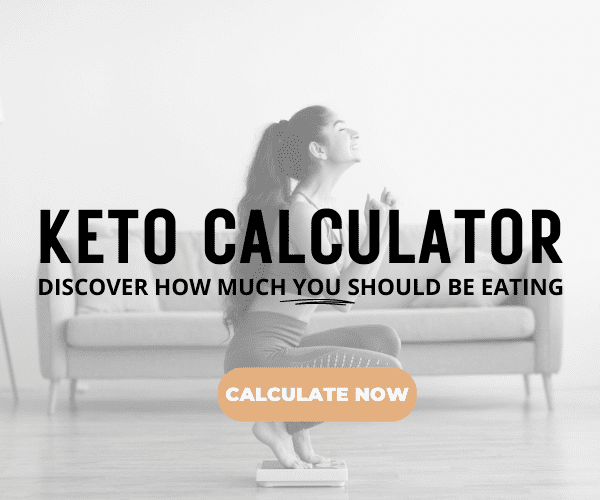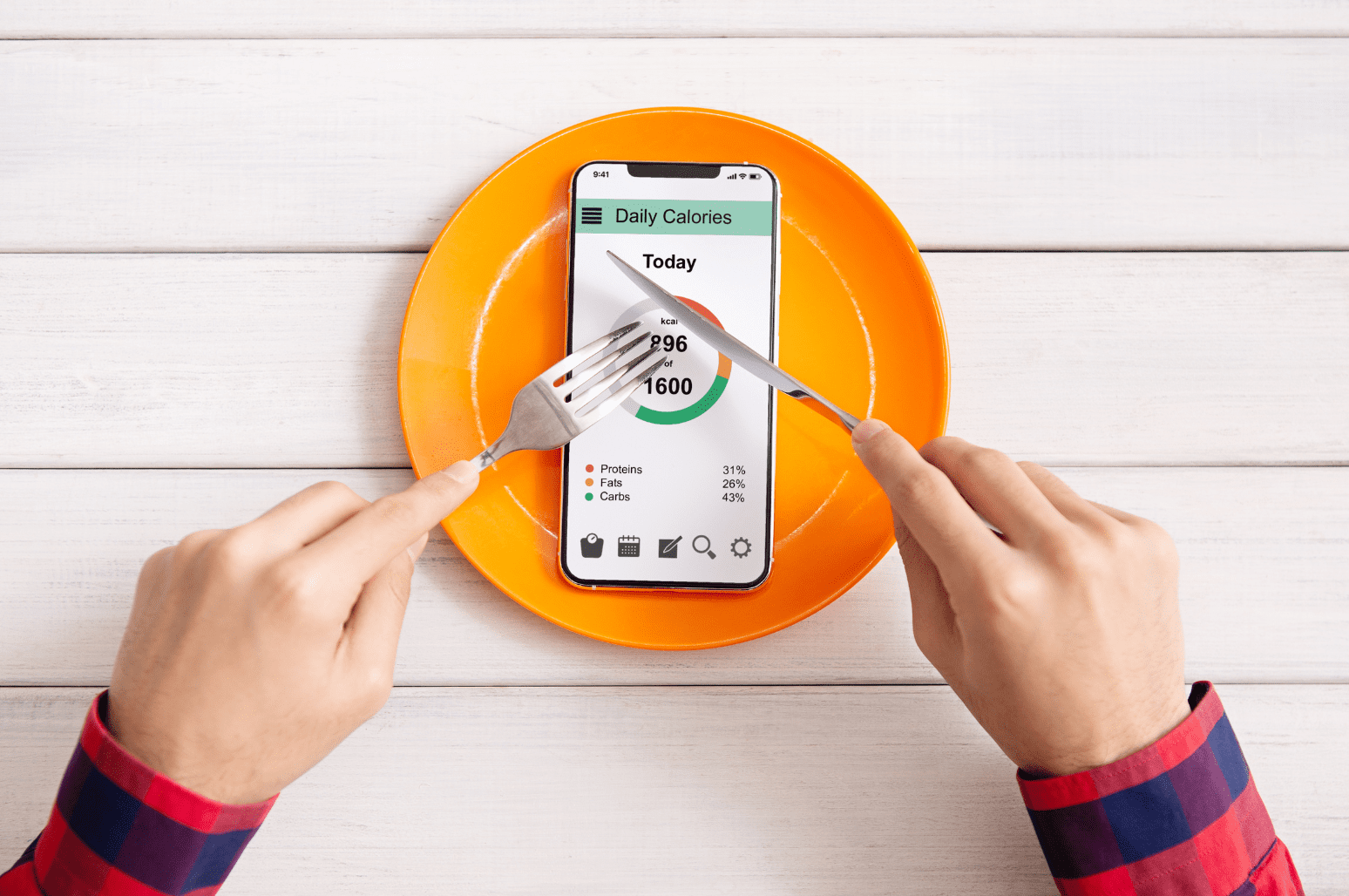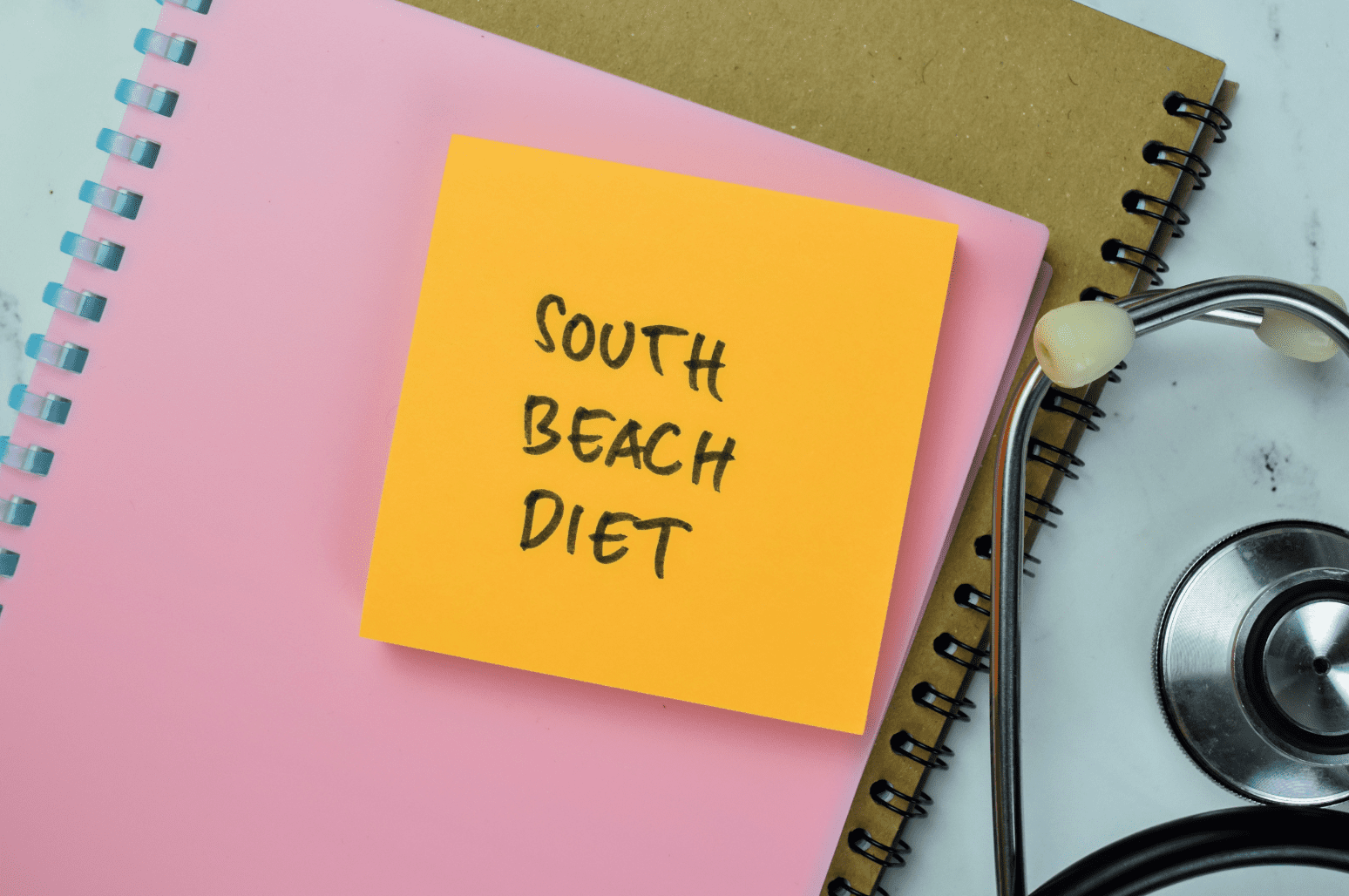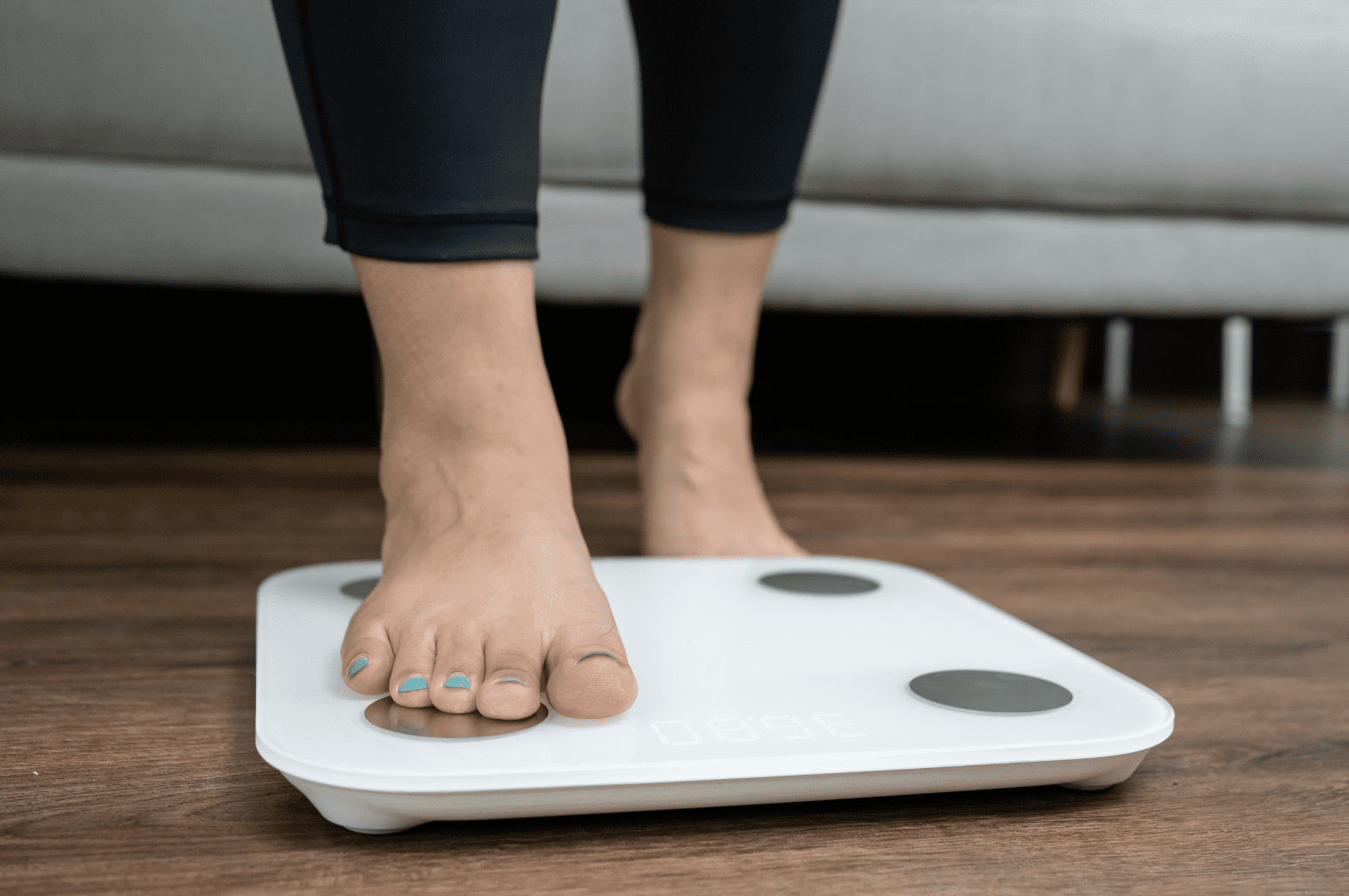
Jumping straight into a completely different way of eating just doesn’t work for everyone. Some people need time to make dietary changes, figure out how to navigate a new diet, and let their bodies adjust, especially if they aren’t metabolically adapted or they don’t have much knowledge about this new diet.
When you’re starting a ketogenic diet, you’ll need to drop your carbs, consume moderate protein, and increase your intake of healthy fats. This metabolic shift is undoubtedly more challenging for those transitioning directly from the processed and sugar-loaded standard American diet, so going slowly may be the best option. If you’re wondering how to ease into keto, this article is here to help.
What Is the Ketogenic Diet?
Instead of fueling with carbs and sugar, your body uses fat on a keto diet. Going keto involves lowering your intake of carbohydrates, typically to under 50 grams of net carbs per day. Without enough sugar (glucose) coming in, your body naturally enters the metabolic state of ketosis, and you start to become more adapted to burning fat for fuel.
The keto diet limits or avoids the consumption of carbohydrates like potatoes and refined grain and focuses on moderate protein and lots of healthy fats like fish, avocado, and nuts. Going keto has been proven to improve numerous health conditions and aid in weight loss and blood sugar regulation. [1]
On keto, you burn fat and produce metabolism-boosting ketones that are excellent for brain health. Fat and protein are also more satiating than sugar, so you’ll feel fuller for longer. A high-sugar meal rises and crashes your blood sugar levels leaving you still hungry for nutrients, fat, and protein just a few hours later.
How to Ease into Keto

It’s up to you if you’d like to take weeks or months to lower your carb consumption. Making the right choice for you depends on several factors, such as your activity level, health and fitness goals, age, and unique metabolism. If you have diabetes or another condition affecting your blood sugar and metabolism, it’s always best to work with a doctor or medical practitioner when making dietary changes.
Low Carb into Keto
Easing into keto has advantages. The first step is to reduce your daily carbohydrate intake.
Rather than heading straight for keto by cutting carbs out almost completely, you could aim for a fairly low-carbohydrate diet of less than 130 grams of net carbs per day (no more than 26% of your total daily consumption), which is still a significant drop from the standard American diet of over 250 grams daily. This doesn’t have to happen overnight, but making little dietary alterations can get you there over the course of 2-3 weeks or months. [2]
Remember, keto is typically fewer than 50 grams daily, so when you get to 130 grams daily, you’ll still have a little way to go to reach ketosis.
Small Changes
Take a look at your current diet and determine where the bulk of your carbs are coming from. Are you drinking sodas and eating bread, or is it the mashed potato that tips your carb scale? Making immediate changes like ditching sugary soda, lowering your bread intake, or even finding a lower-carb bread, are excellent steps forward you should be proud of right now. Eat smaller portions of high-carb foods or swap some of those foods out for low-carb alternatives. It’s easier to fit smaller swaps into your busy modern life.
The research speaks for itself and concludes that people who make small changes to their lifestyle over time are more likely to stick to it compared to those who make significant and immediate changes. [3]
One Meal at a Time
You may feel overwhelmed at the thought of changing every meal you eat all at once, so you could start by just changing your breakfast for a week or two. If you typically start your day with pancakes or sugary cereal, make these keto pancakes or keto cereal instead, or try a keto smoothie. Next, you can turn your attention to changing your snacks or your lunch.
High-Protein and Non-Starchy Vegetables
Shift your focus to high-protein foods like fish, eggs, nuts, and low-starch vegetables like bok choy, cauliflower, asparagus, and broccoli.
Crush Your Cravings
Crush your cravings before they start by finding the perfect delicious keto alternative for your favorite comfort food. Are you a sucker for chocolate muffins, and you know you could roll right off the wagon at the sight of one? Hush those desires and satisfy your palate with a keto chocolate muffin instead. Is pizza your thing? Peruse the pizza recipes here at Ketogenic.com and look forward to your keto pizza. You’ll be pleased to realize there are plenty of similar and tasty low-carb alternatives for the majority of your high-carb comfort foods.
Use Sugar Alternatives
If you use added sugar anywhere, for instance, in your coffee or tea, ease into keto by swapping it out for keto sweeteners and sugar alternatives like monk fruit, allulose, or stevia.
Add More Healthy Fats
Slowly add more healthy fats to your diet, like fatty fish, grass-fed beef, avocado, nuts, seeds, coconut oil, and olive oil. If you always use a sugary salad dressing on your salad, make this keto coconut lime dressing instead with unsweetened coconut yogurt, cilantro, and lime juice.
Watch Food Labels
Check the serving size and carb content of the packaged and processed foods you’re eating to get an idea of where you are and where you’d like to be.
Meal Prep
Stock your pantry with low-carb ingredients and snacks to help you stay on track. You may decide to meal prep for the week ahead to streamline your keto transition.
Time to Adjust
Making small adjustments over time gives you more time to get used to your new healthy lifestyle. As you continue to see improvements in your health and fitness, you’ll be more inspired to stick with these long-term lifestyle changes, and you may even find you’re having an influence on your loved ones around you.
Diets like South Beach and Atkins quickly and drastically reduce carb consumption in the beginning and then gradually raise the number of carbs during the program.

Depending on your individual preferences and needs, such an approach may not be sustainable or practical for everyone.
Lower Your Risk of Keto Flu
Reducing your carb intake all at once can be a shock for your metabolism, and you may even face symptoms of keto flu. In addition to supplementing electrolytes and staying hydrated, taking a more gradual approach to dropping your carbs could also help you prevent fatigue, muscle weakness, irritability, grogginess, and other symptoms of the keto flu. The side effects aren’t just physical; they also affect your mood.
Testing and Monitoring
Monitoring your blood sugar and weight and testing your ketones may sound like extra work, but it could also be extra motivation as you see the results unfold and you become more inspired to continue your keto journey. Many people use a nutrition tracker or app like My Fitness Pal.
Remind Yourself Why
Remind yourself why you’re embarking on this keto journey. Is it to lower inflammation and pain or lose weight? Is it to boost athletic performance? These reasons matter to you and finding purpose propels action.
Find Support
Finding support from your friends, family, a professional, or a community like the one here at Ketogenic.com could also help you reach your goals.
References
Freeman, J. M., Kossoff, E. H., & Hartman, A. L. (2007). The ketogenic diet: One decade later. Pediatrics, DOI: 10.1542/peds.2006-2447
John Hopkins. The John Hopkins Patient Guide to Diabetes. Carbohydrate Goals - The Johns Hopkins Patient Guide to Diabetes (hopkinsdiabetesinfo.org)
Adhikari, P., & Gollub, E. (2021). Evaluation of the small changes, healthy habits pilot program: Its influence on healthy eating and physical activity behaviors of adults in Louisiana. Eur. J. Investig. Health Psychol, https://doi.org/10.3390/ejihpe11010019

